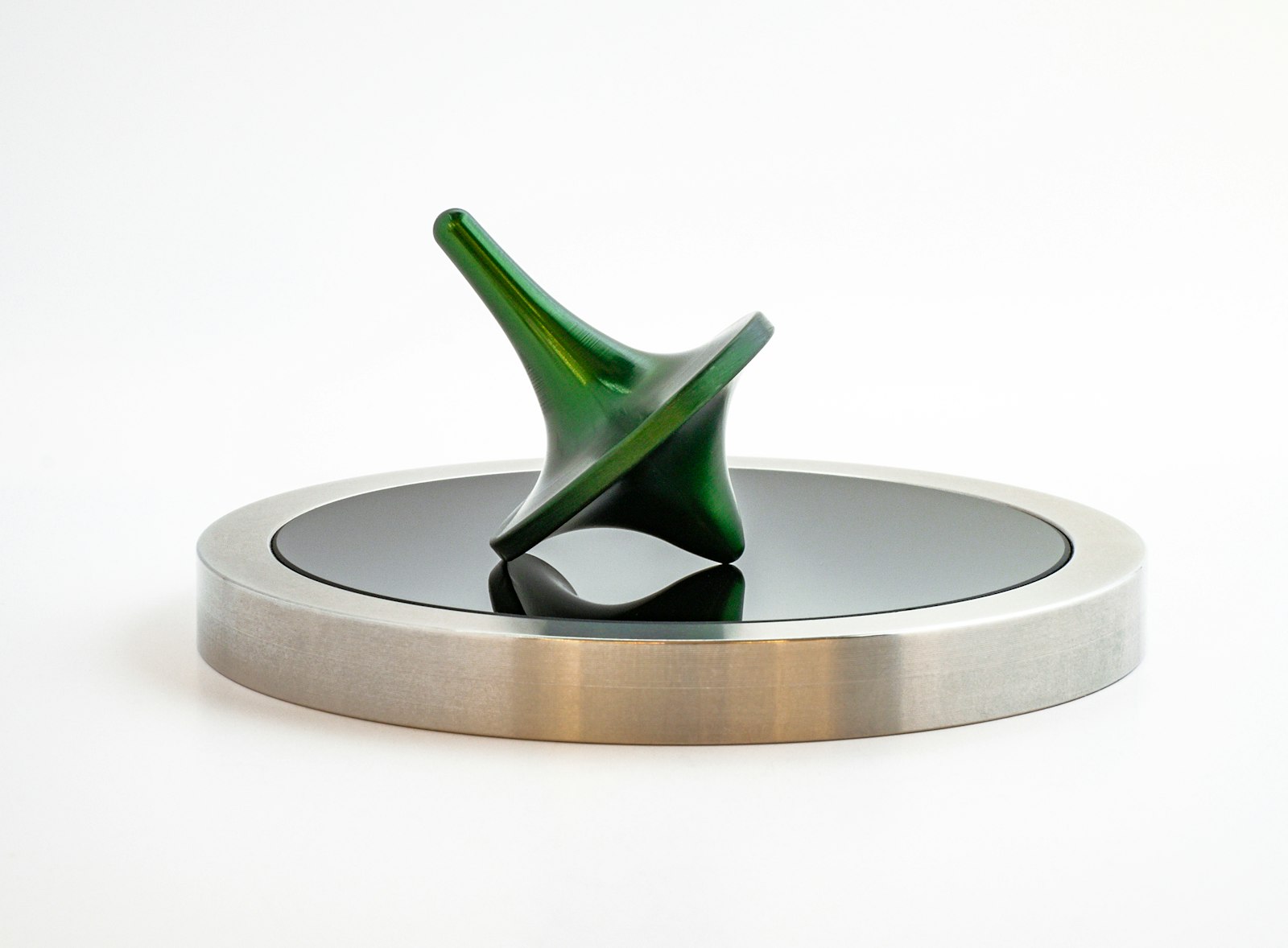Wait, hold on, this isn’t a Matthew Knies or Rasmus Sandin article? Yes, it might come as a surprise that the young, impactful two-way defenseman signed to a multi-year cheap contract also known as Timothy Winston Liljegren is sitting at #4 in our Top 25 Under 25 for the Toronto Maple Leafs. So, let’s see what the problem is. If there’s a problem at all.
The Player
To quickly recap Liljegren’s career to date, he was drafted 17th overall by the Leafs in 2017 and joined the Marlies immediately the next season. In his first two years in the AHL, Liljegren scored four goals and had 32 points in 87 career games. His next two seasons saw him spend some time with the Leafs, first 11 games in 2019-20, then only two games in 2020-21, before finally playing the full season with the Leafs last year, scoring five goals and 23 points in 61 games.
As a quick aside, it is interesting to look back at the 2017 draft. The run of defenders before the Leafs took Liljegren consisted of Cal Foote, Erik Brännström, and Juuso Valimaki. All three players who are struggling to even get third pair minutes. Meanwhile the forwards that went were Josh Norris, Robert Thomas, Filip Chytil, and Kailer Yamamoto. A murderer’s row to say the least.
Looking ahead for Liljegren, many are expecting him to step into a top-four role on the Leafs and at least be a successor to Justin Holl, who is in the final year of his contract. His rookie season was very promising, as he excelled in third pair usage and got extended opportunities in the top four (~16 games split between Rielly and Muzzin).
In the games next to Jake Muzzin, Liljegren seemed to have a nice, consistent time. They played above water on a very low event pairing. The same could not be said for his time with Rielly, as both the team’s offense skyrocketed but so did the goals against. From watching those games, it seemed pretty clear Liljegren was getting lost in d-zone coverage, while on the other side, Rielly was also getting lost in d-zone coverage. Neither were supporting each other and a lot of open chances got through.
It would be amazing for the Leafs if Rielly-Liljegren could work because it would open up many possibilities down the lineup. I’m also sure the Leafs are going to try it some more because what Liljegren did in the AHL marries well with what Rielly needs in the NHL. But for now, I don’t think the young defenseman is ready for it yet. Or at all if part of his problem is a lack of quickness on his feet.
I find it interesting that Liljegren and Travis Dermott had similar troubles in the defensive zone as they tried to get above the third pair, but they had issues for completely different reasons. For Dermott, he was slow to make reads and then overcompensated with large motions and aggressiveness, leaving him open on the weak end. For Liljegren, he’s slow on his reads and doesn’t have enough quickness to get into that position in the first place. For Dermott, he looked wildly out of place in the defensive zone and was caught sprawling on a lot of goals against. For Liljegren, he’s quietly just standing there having missed the puck, but you wouldn’t know it if you were just paying attention to where the TV cameras send their close-ups.
One thing Liljegren (and Dermott) does very well is make plays defensively in transition. His reads in open ice are great, and highly practiced in the AHL. Like you can see in this highlight. This Twitter search query is a great database of offensive and defensive plays made by Liljegren last season. Omar, you are and will always be a legend.
Liljegren bails Rielly out off the turnover pic.twitter.com/LP5jStW5cs
— Omar (@TicTacTOmar) April 18, 2022
For this upcoming season, I think it’s really interesting that Liljegren will likely see time with all the LD the Leafs have. From Rielly and Muzzin, to Giordano and Sandin. I expect him to excel with the latter two, and I’m expecting progression in his time with the top-four. I don’t think we can expect Liljegren to play like Brodie (a top-five defensive defender in the league) or Muzzin (a positive steady presence for most of his time with the Leafs), but making an offensively tailored pairing that can do well coming back and defending when necessary can open up much better pairings down the lineup (Muzzin/Sandin-Brodie, Giordano-Holl) and give the Leafs much better depth.
The Votes
Timothy Liljegren
| Voters | Ranking |
|---|---|
| Species | 4 |
| Katya | 4 |
| seldo | 3 |
| Brian | 4 |
| TomK421 | 3 |
| dhammm | 3 |
| Josh - Smaht Scouting | 4 |
| Hardev | 4 |
| The Decline and Fall of the Roman Polak | 2 |
| Weighted Average | 3.44 |
| Highest Rank | 2 |
| Lowest Rank | 4 |
| Spread in Votes | 2 |
I will reaffirm my votes and say I think all the players I ranked ahead of Liljegren are better than him. Sandin is a better player with a better toolbox and skills to use them. Same for Matthew Knies and the other guy. Where I think Liljegren has the upper hand for a lot of people comes down to his position, the positive leverage you can get from the skills he does have, and now his contract.
Liljegren is not going to carry a pair the way Sandin can and will. He has relied on Muzzin defensively and on Rielly offensively. The offense with Muzzin and the defense with Rielly both go all the way down the toilet because Liljegren can’t compensate enough in either direction to make a big difference. He can just be there and be okay.
His in-zone defense, as Katya talks about below and has talked about for a while, is a serious issue. Not only will Liljegren have to get quicker, but he needs to acclimate to the NHL faster. I know that’s probably harsh to put on a rookie who is now in second year, but that’s the demands the Leafs have or they’ll have to go find another guy. That’s a problem Sandin is facing right now, by the way, and why both he and Liljegren were scratched in the playoffs.
Do I think Liljegren can shore up those weak points in his game enough to not worry about them every shift? I hope so, and his offseason training videos are encouraging for that, but every player has a ceiling.
dhammm: Cool Guy. It’s always gratifying when a prospect everyone was giving up on breaks into the NHL and dunks on the doubters, and boy did Liljegren do that. Not much to say here: he looks like he’s arriving as a solid top 4 defenseman.
Brigstew: I think two things are true. First, Liljegren finally showed he can be a useful NHL defenseman and was one of the better surprising stories for the Leafs last year. Second, people overrate just how good he was in the NHL. I feel like very few people learned their lessons from Travis Dermott’s saga here in Toronto. Liljegren will need to show he can be better in tougher minutes to keep a bigger role, and not get bumped for the likes of Justin Holl or whatever equivalent player the Leafs trade for at the deadline for their playoff push.
TomK421: *insert ‘happyDende.gif’ here*
Katya: Never been a huge fan of Liljegren, and I think a lot of his NHL play has been seen in shades of rose. Micah McCurdy said a thing about hockey that I’ve been thinking about lately, how smart players know when to get rid of the puck quickly (the effectively was implied) and so you notice them less. And I’ll take that onboard with Liljegren and consider it more. He moves the puck well and sees the neutral zone game well. He’s got a brain under that hair.
Here comes the but. But he doesn’t defend — in the narrowest possible construction of the word — well at all. He is sometimes god-awful around the net. He’s slow on his skates, he thinks faster frontways than back. He’s going to get scored on. The question now is not a good/bad binary it’s one of this mixture of skills and deficits and how they finish up in terms of real value, not just that neato xG he gets from Keefe’s careful rookie introduction usage.
Who will be Timothy Liljegren’s most common partner next season?
| Morgan Rielly | 34 |
| TJ Brodie | 12 |
| Jake Muzzin | 139 |
| Mark Giordano | 572 |
| Rasmus Sandin | 20 |
| Justin Holl | 5 |
| Jordie Benn or someone else | 11 |
Should the Leafs trade Justin Holl and promote Liljegren into the top-four immediately?
| Yes | 245 |
| No | 287 |





Comment Markdown
Inline Styles
Bold: **Text**
Italics: *Text*
Both: ***Text***
Strikethrough: ~~Text~~
Code: `Text` used as sarcasm font at PPP
Spoiler: !!Text!!